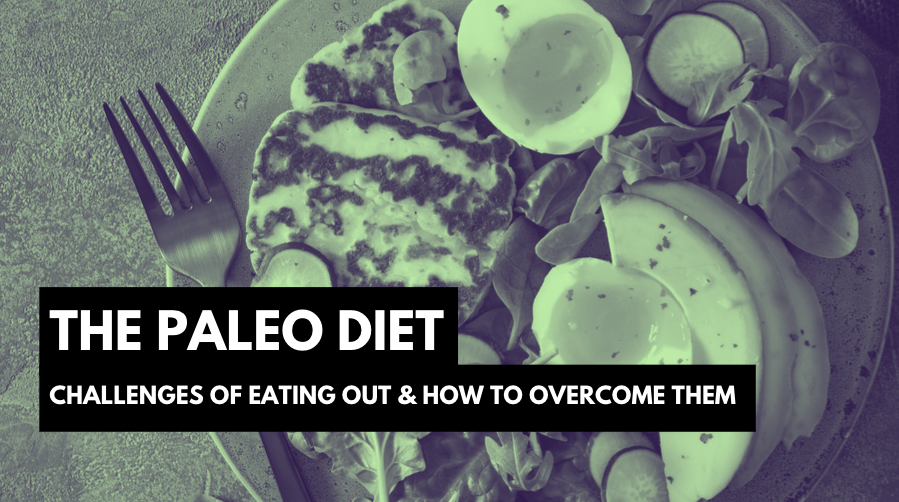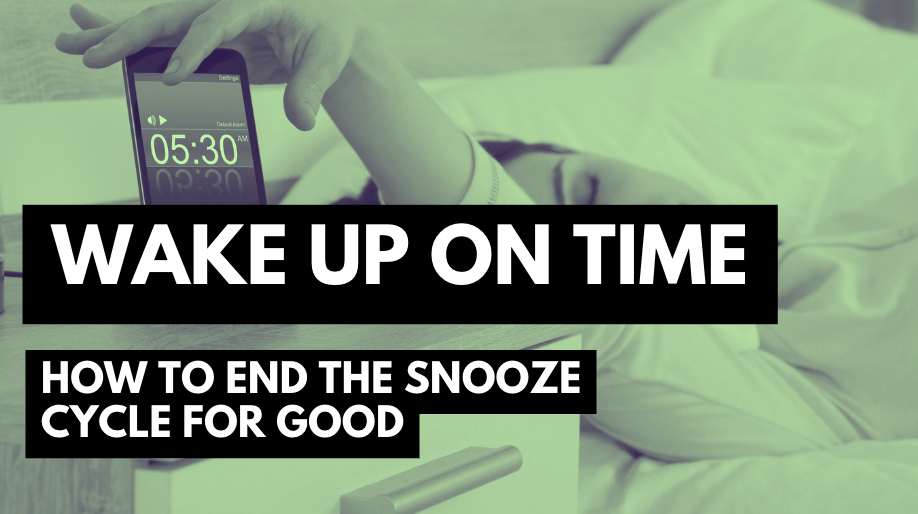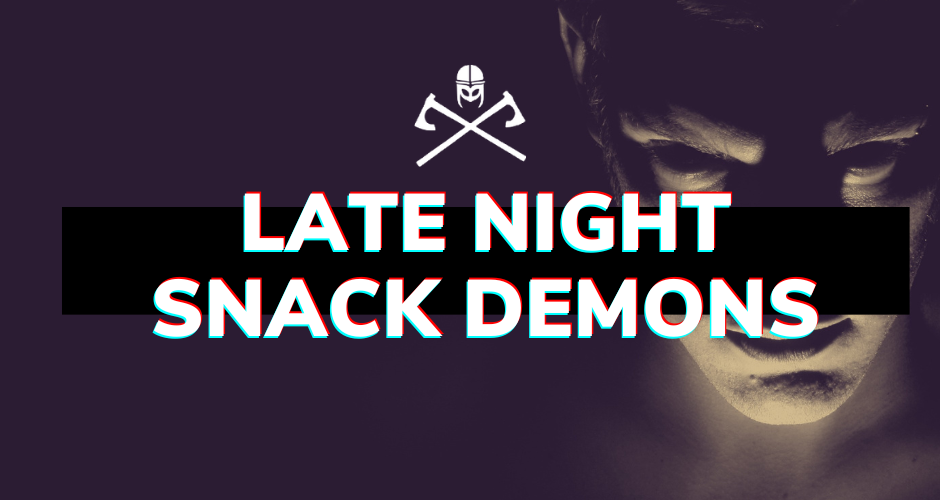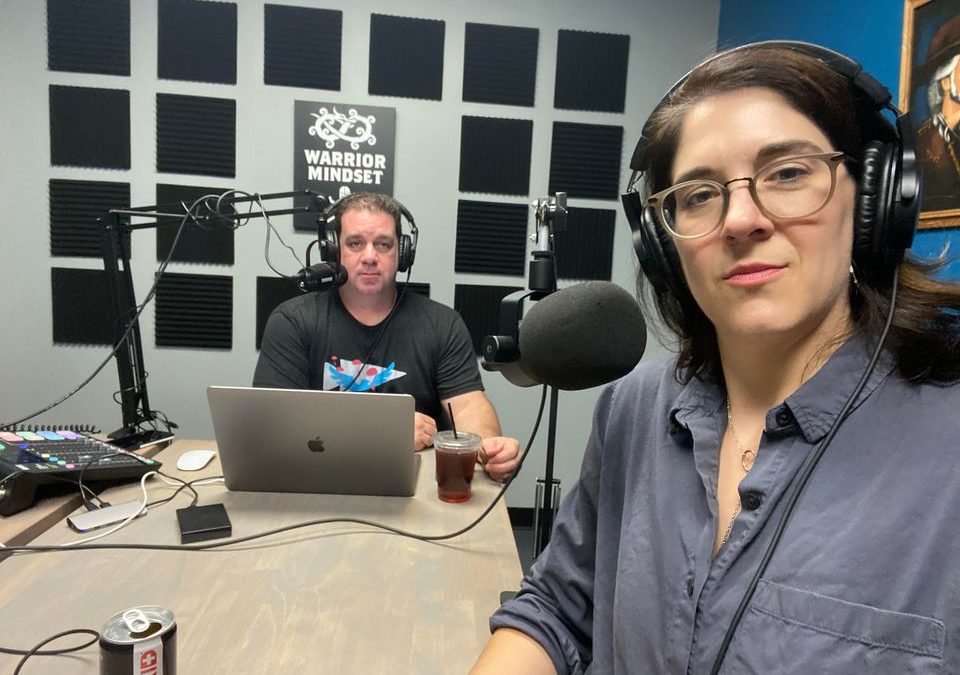
Challenges of Eating Out On A Paleo Diet and How to Overcome Them
Adhering to a Paleo diet while dining out can be a challenging endeavor. The lure of convenience often clashes with the strict guidelines of this ancestral eating plan, leaving many followers feeling overwhelmed and frustrated. However, armed with a few savvy strategies and a commitment to your health, you can confidently navigate restaurant menus and enjoy meals that align with your Paleo lifestyle. In this comprehensive guide, we’ll delve into the common hurdles faced when eating out on a Paleo diet and provide you with actionable solutions to conquer these obstacles. So, let’s dig in and discover how to stay true to your Paleo principles while savoring the joys of dining out.
The Paleo Diet: A Brief Overview
Before we embark on our journey through the obstacles and remedies associated with dining out on a Paleo diet, it’s essential to gain a clear understanding of what the Paleo diet encompasses. Often referred to as the caveman diet, the Paleo diet draws its inspiration from the eating patterns of our ancient ancestors. It’s a nutritional approach that harks back to the Paleolithic era, a time when our forebears relied on the bounties of nature to sustain themselves.
Central to the Paleo philosophy is the consumption of whole, unprocessed foods that mirror the dietary choices available to our hunter-gatherer predecessors. Imagine a time when humans were intricately connected with the land, foraging for nourishment and hunting for sustenance. The Paleo diet seeks to capture this primal essence by promoting the consumption of foods that have undergone minimal processing or alteration.
Lean meats, such as grass-fed beef, poultry, and game meats, constitute a fundamental component of the Paleo diet. These sources of animal protein provide vital nutrients, including essential amino acids and heme iron. Additionally, fish, a rich source of omega-3 fatty acids, features prominently in the Paleo diet, reflecting the importance of aquatic resources in ancestral diets.
Vegetables and fruits, abundant in essential vitamins, minerals, and dietary fiber, play a crucial role in the Paleo diet. These plant-based offerings celebrate the diverse array of plant life that was available to our ancestors, nourishing them with nature’s vibrant palette of flavors and nutrients.
Nuts and seeds, heralded for their healthy fats, protein, and micronutrients, are celebrated as valuable additions to the Paleo diet. In the Paleolithic landscape, these nutrient-dense morsels were gathered from the wild and consumed for their energy-boosting properties.
However, what sets the Paleo diet apart is not only the foods it emphasizes but also the foods it excludes. Dairy, for instance, finds itself on the list of exclusions due to the fact that dairy farming and animal domestication emerged after the Paleolithic era. Similarly, grains and legumes, staples of many modern diets, are absent from the Paleo framework, as they became prevalent only with the advent of agriculture.
Refined sugars, another modern-day indulgence, are conspicuously missing from the Paleo diet. The diet champions a return to the natural sweetness found in fruits and the occasional use of natural sweeteners like honey and maple syrup.
In essence, the Paleo diet invites us to rekindle a primal connection with our ancestral dietary roots. It’s a culinary voyage that transports us back to a time when humans lived in harmony with the rhythms of nature, nourishing their bodies with unprocessed, nutrient-rich foods. As we navigate the challenges of dining out while adhering to the Paleo principles, this foundational understanding will serve as our compass, guiding us toward choices that honor both our health and heritage.
Challenges of Eating Out on a Paleo Diet
Limited Menu Options
One of the primary challenges when dining out on a Paleo diet is the limited menu options that align with your dietary preferences. Many restaurant menus are brimming with dishes containing grains, dairy, and processed ingredients, making it challenging to find Paleo-friendly choices.
Hidden Ingredients and Cross-Contamination
Even when you manage to identify a seemingly Paleo-friendly dish, there’s a risk of hidden ingredients and cross-contamination. Sauces, dressings, and cooking methods may incorporate non-Paleo ingredients, while shared cooking surfaces and utensils can lead to unintended exposure to grains and dairy.
Social Pressures and Peer Influence
Dining out often involves socializing and peer influence, which can be particularly challenging when following a specific diet. The desire to fit in or avoid drawing attention may tempt you to deviate from your Paleo principles.
Navigating the Paleo Maze: Solutions for Dining Out
Research and Choose Wisely
When confronted with a menu, take a proactive approach by researching the restaurant online beforehand. Many establishments now provide their menus and ingredient lists on their websites, allowing you to identify Paleo-friendly options in advance.
Customize Your Order
Don’t hesitate to customize your order to align with your Paleo preferences. Politely request modifications such as substituting grains for extra vegetables or asking for sauces and dressings on the side. Most restaurants are accommodating and willing to tailor dishes to your needs.
Communicate Clearly
To avoid hidden ingredients and cross-contamination, communicate your dietary requirements clearly to the waitstaff. Use simple language and emphasize the importance of your restrictions to ensure your meal is prepared without any unwanted additions.
Embrace Social Support
When dealing with social pressures, it’s essential to surround yourself with supportive friends and family who understand and respect your dietary choices. Explaining your commitment to your health and well-being can help mitigate any potential peer influence.
Plan B: BYOM (Bring Your Own Meal)
For occasions when dining out seems too challenging, consider bringing your own Paleo-friendly meal. This strategy ensures you have complete control over the ingredients and can enjoy your gathering without compromising your dietary goals.
Mastering the Art of Paleo Dining Out
Eating out on a Paleo diet may present its share of challenges, but armed with the right strategies and mindset, you can overcome them with confidence. By researching menus, customizing orders, communicating your needs, seeking social support, and having a backup plan, you’ll be well-equipped to enjoy delicious meals that align with your Paleo principles.
Remember, the Paleo diet is not just a temporary fad; it’s a commitment to your health and well-being. As you navigate the culinary landscape, embrace the adventure of discovering new restaurants that cater to your dietary needs and savor the satisfaction of staying true to your Paleo journey.
So, the next time you embark on a dining-out experience, be it a casual lunch with friends or a celebratory dinner, approach the menu with a discerning eye and a determined spirit. With each choice you make, you’re reaffirming your dedication to a healthier, more vibrant you.
The challenges of eating out on a Paleo diet may seem daunting at first, but they are by no means insurmountable. Armed with knowledge, preparation, and a dash of creativity, you can savor the joys of dining out while remaining true to your Paleo principles. Now, go forth and conquer the culinary world, one Paleo-friendly meal at a time.
References
- Cordain, L. (2019). Origins and evolution of the Western diet: health implications for the 21st century. The American journal of clinical nutrition, 81(2), 341-354.
- Frassetto, L. A., Schloetter, M., Mietus-Synder, M., Morris, R. C., & Sebastian, A. (2009). Metabolic and physiologic improvements from consuming a paleolithic, hunter-gatherer type diet. European journal of clinical nutrition, 63(8), 947-955.



